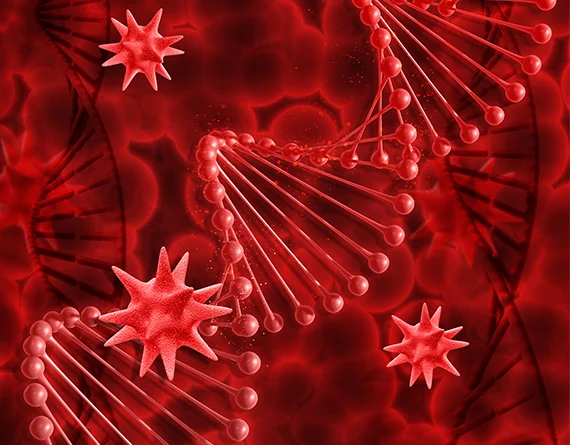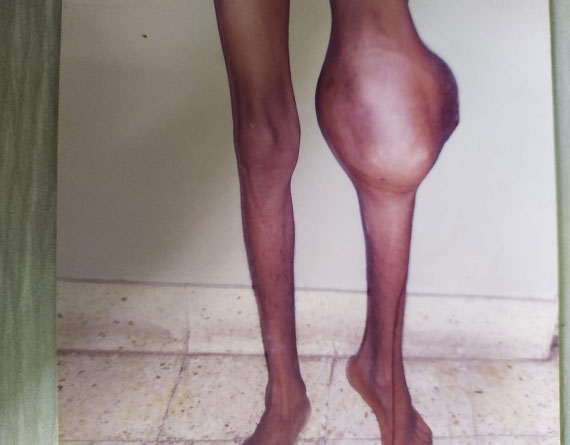


Hemophilia, a complex genetic condition, disrupts the bodys natural clotting mechanism, leading to prolonged bleeding episodes after injuries, even minor ones, and potential spontaneous bleeding into joints and muscles.
It is characterized by a deficiency or absence of specific clotting factors in the blood, such as factor VIII (hemophilia A) or factor IX (hemophilia B).
This deficiency impairs the bloods ability to clot effectively, perpetuating the risk of bleeding episodes.
While there is no cure for hemophilia, significant advancements in treatment have enabled individuals with this condition to lead active and fulfilling lives.
The primary cause of hemophilia is genetic inheritance, where individuals inherit the defective gene responsible for producing clotting factors from their parents.
Hemophilia, an inherited genetic condition, primarily impacts males due to its X-linked recessive nature.
Females typically carry the defective gene on one of their X chromosomes but may not exhibit symptoms themselves.
In rare cases, hemophilia can also occur due to spontaneous mutations in the genes responsible for clotting factor production.


Hemophilia is inherited in an X-linked recessive pattern.
Males have only one X chromosome, so if they inherit a defective gene for hemophilia from their mother, they will have the disorder.
Females, on the other hand, have two X chromosomes, so they need to inherit two defective genes (one from each parent) to develop hemophilia.
Females with one defective gene are carriers of the disorder and may pass it on to their children.
Hemophilia is a genetic bleeding disorder that spans millennia, with its origins traced back to ancient times. Early references to the condition can be found in Jewish texts dating back to the second century AD. These texts mention exemptions from circumcision for male infants with a family history of fatal bleeding post-procedure, indicating an early understanding of hemophilias hereditary nature.
In the Islamic world, accounts from the Arabic physician Albucasis provide further insights into hemophilias clinical manifestations. Albucasis documented cases where males from certain families succumbed to fatal bleeding from minor injuries, offering early descriptions of the disorder.
The modern understanding of hemophilia began to take shape in the early 19th century, with Dr. John Conrad Ottos seminal work in 1803. Otto identified the inherited tendency of males to bleed excessively within specific families and traced the conditions lineage to a woman near Plymouth, New Hampshire, in the early 18th century. This marked a significant milestone in the scientific exploration of hemophilia.


The term hemophilia was introduced in 1828 by Hopff, a student of Schönlein, to describe the hereditary predisposition to fatal bleeding observed in affected individuals. This marked the beginning of a more systematic approach to studying the disorder and laid the groundwork for future advancements in diagnosis and treatment.
Hemophilia gained notoriety as & the royal disease due to its prevalence among European noble families, particularly during the 19th and early 20th centuries. Queen Victorias son Leopold was among the earliest known carriers of hemophilia, leading to its transmission to several royal families across Europe, including Spain and Russia.
One of the most notable cases of hemophilia in royalty was Tsarevich Alexis, the son of Tsar Nicholas II of Russia, born in 1904. Speculation surrounding his illness contributed to political tensions within the royal family and played a role in the eventual downfall of the Romanov dynasty.
These historical accounts underscore the enduring impact of hemophilia on society and highlight its role in shaping medical understanding and advancements in the field of genetics and blood disorders.


There are three main types of Hemophilia, each caused by a deficiency in a specific clotting factor:
Hemophilia A (most common) : Hemophilia A is a hereditary bleeding disorder caused by a lack of blood clotting factor VIII. It is the most common X-linked hereditary disorder of hemostasis; it occurs in one out of 5000 males and accounts for 80% of hemophilia cases.
Hemophilia B (less common) : This type is caused by a deficiency in clotting factor IX (nine). It affects around 15% of individuals with Hemophilia.
Hemophilia C (rare) : This type is caused by a deficiency in clotting factor XI (eleven). Its the least common form of Hemophilia, affecting less than 5% of cases.
The severity of Hemophilia can vary greatly depending on the level of clotting factor deficiency. Heres a breakdown of the typical presentation :
Severe Hemophilia : Individuals with very low clotting factor levels (less than 1%) experience frequent, spontaneous bleeding episodes, particularly into joints and muscles. These episodes can be quite painful and lead to long-term complications.
Moderate Hemophilia : Bleeding episodes typically occur after injuries or surgery but are less frequent than in severe cases (clotting factor levels between 1% and 5%).
Mild Hemophilia : Symptoms may be mild, with bleeding occurring only after significant injury or surgery (clotting factor levels above 5%). Some individuals with mild Hemophilia may not even be aware of the condition until later in life.


The most common symptom of Hemophilia is excessive bleeding after injuries, even minor ones. However, internal bleeding into joints and muscles is a significant concern:
Joint pain, swelling, and stiffness : Repeated bleeding into joints can damage cartilage and lead to chronic pain, inflammation, and eventually arthritis.
Large bruises : Easy bruising is another common symptom, even with minimal trauma.
Unexplained bleeding : Bleeding in the mouth, nose, or gums can occur without any apparent injury.
Too much bleeding after dental procedures or any surgery.
For proper management and avoiding complications early diagnosis is important. Diagnosis may involve:
Family history : Knowing if Hemophilia runs in the family is a starting point, especially for females who may be carriers.
Blood tests : These tests measure the levels of specific clotting factors to identify a deficiency and determine the type of Hemophilia.
Genetic testing : This test confirms the presence of the specific Hemophilia gene mutation and can be used for prenatal diagnosis in some cases.


While theres no cure for Hemophilia, effective treatments can significantly improve quality of life and prevent complications :
Replacement Therapy : The cornerstone of treatment is replacing the missing clotting factor through intravenous infusions. There are two main types:
Plasma-derived factor concentrates : Made from donated human blood plasma.
Recombinant factor concentrates : Produced in a lab using genetic engineering.
Medications : Certain medications can help prevent excessive bleeding during surgery or dental procedures by stabilizing existing blood clots.
Pain Management : Managing pain associated with bleeding episodes is important and may involve pain medication, physical therapy, and other interventions.
Physical Therapy : Maintaining joint health and mobility through physical therapy exercises can help prevent complications like arthritis and muscle weakness.
Lifestyle Modifications : Avoiding contact sports and activities with a high risk of injury is often recommended to minimize bleeding risks.
With proper diagnosis, treatment, and management, people with Hemophilia can lead active and fulfilling lives. Additional points to consider:
Support Groups : Connecting with others living with Hemophilia can provide emotional support, share experiences, and learn valuable information about managing the condition.
Advancements in Treatment : Research into new treatments like gene therapy, which aims to correct the underlying genetic defect, is ongoing.
Adherence to Treatment : Adherence to Treatment.

We are dedicated to supporting individuals and families living with Hemophilia. We strive to provide comprehensive care, accessible education, affordable treatment options, robust psycho- social support, and economic rehabilitation services to enhance the quality of life for individuals living with hemophilia, ensuring a life free from disability and pain.
2024 Hemophilia. all right reserved.
designed by Oyster Technology